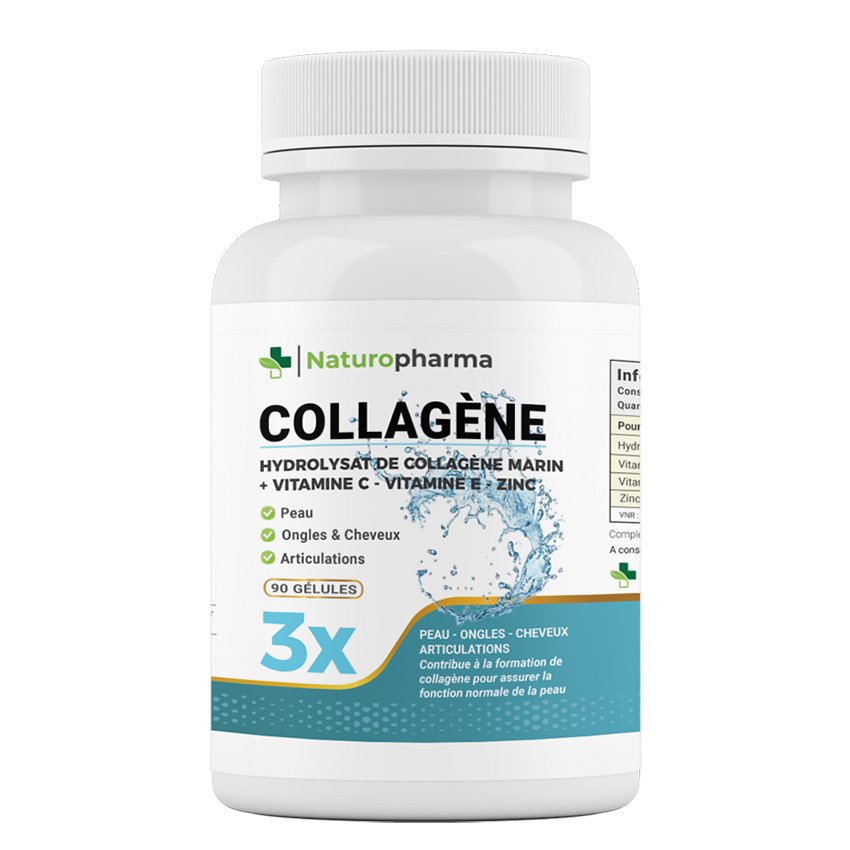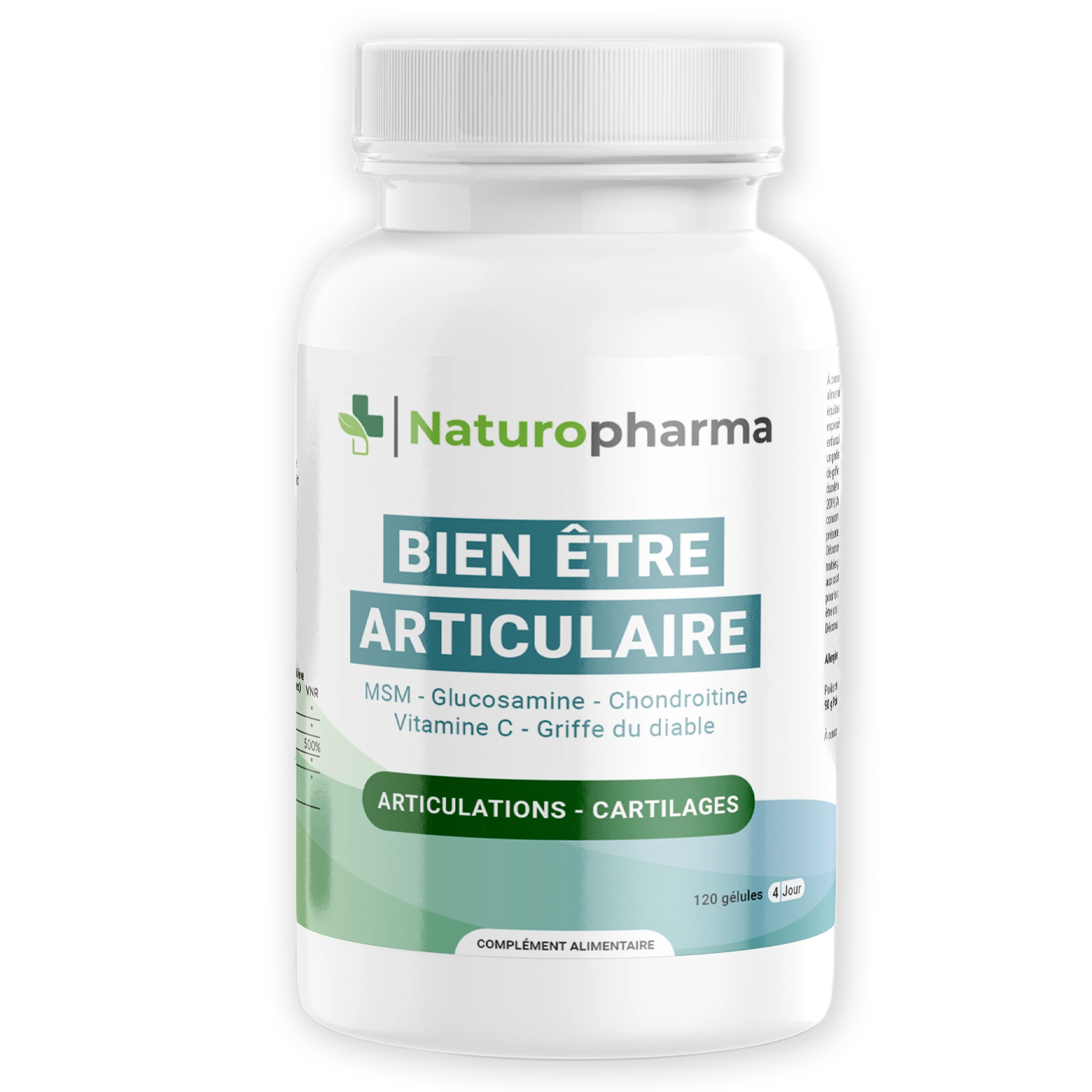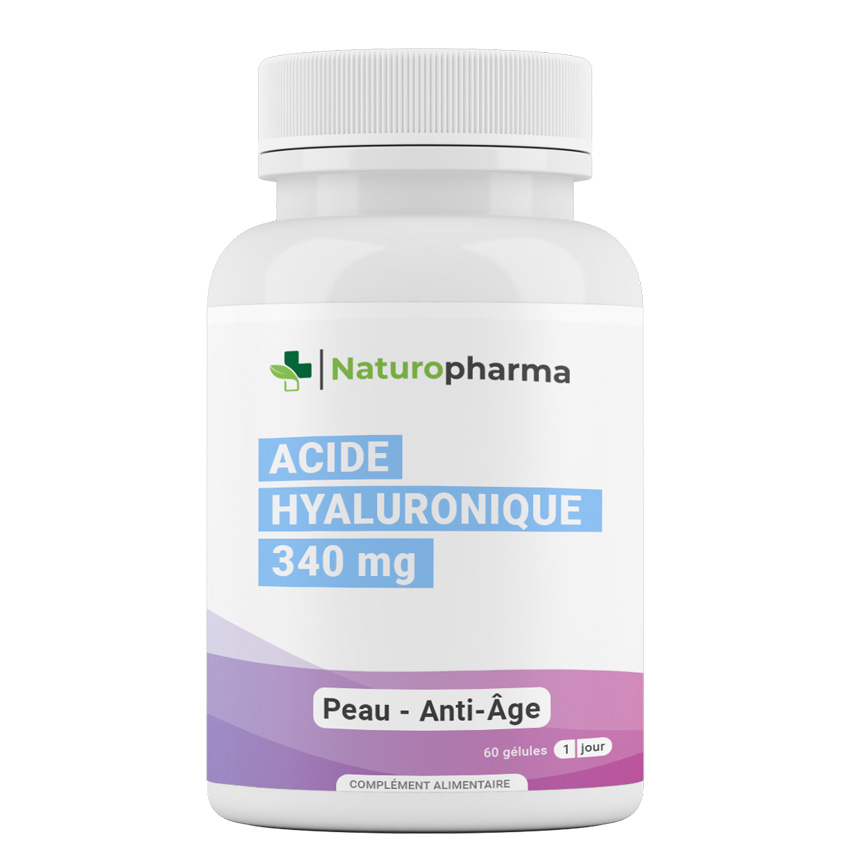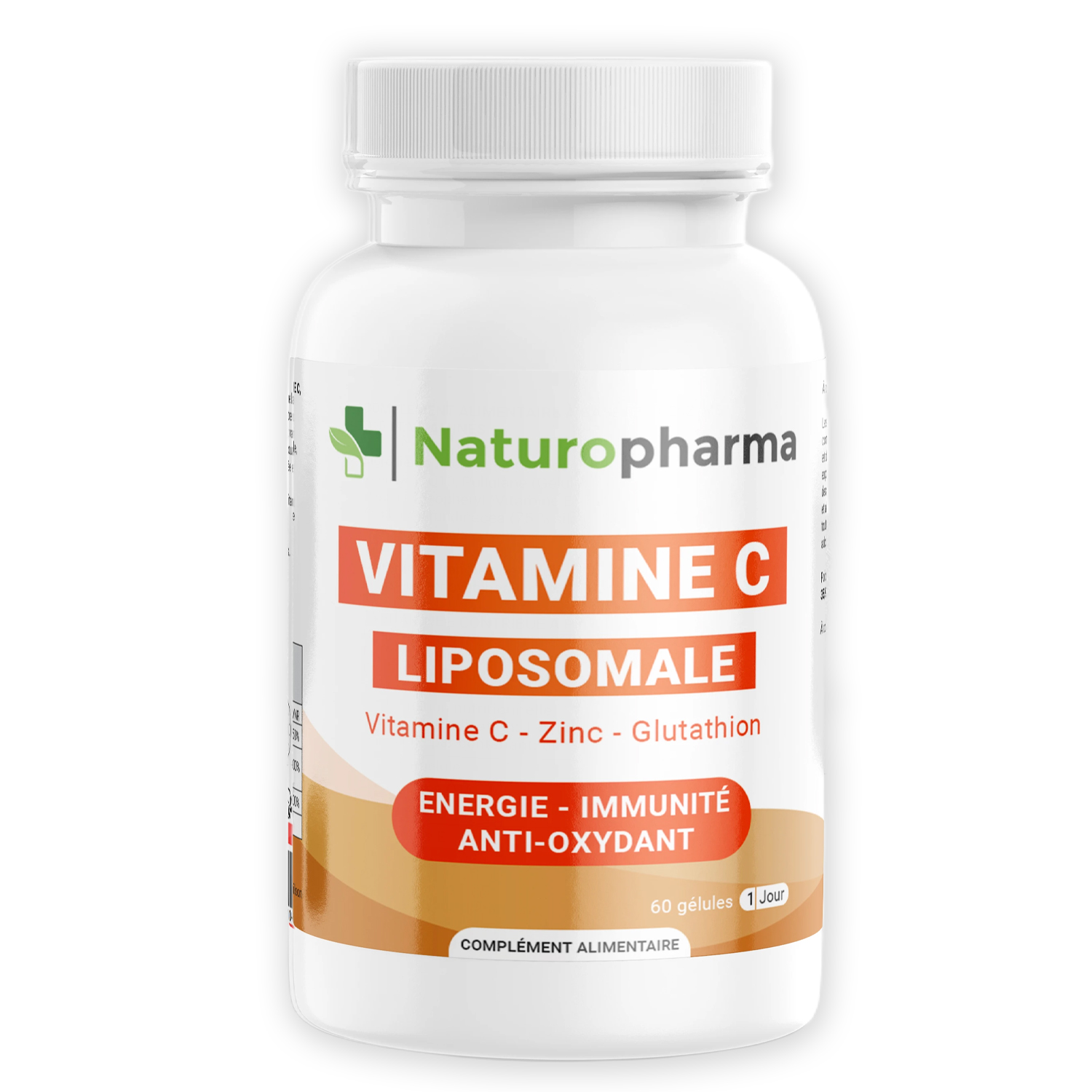1. What is clay?
Clay is a natural sedimentary rock rich in minerals, used for thousands of years for its purifying, healing and remineralising properties. It is composed mainly of silica, alumina and various trace elements, which give it benefits for the skin, hair, digestion and general well-being.
There are several types of clay, each with specific properties:
- Green clay The most absorbent, ideal for oily skin and detoxifying skin care.
- White clay (kaolin) Gentle, suitable for sensitive skin and internal use.
- Red clay Rich in iron, it revives the radiance of dull skin.
- Yellow clay Purifying and stimulating, ideal for combination skin.
- Pink clay A blend of red and white clay, it's perfect for reactive skin.
2. Origin and extraction
Clay comes from the decomposition of feldspathic rocks and is extracted from quarries located mainly in France, Morocco, Italy and South America. After extraction, it is dried naturally in the sun, then ground into a fine powder or transformed into a paste.
3. Using clay
→ Cosmetics
- Face masks Clay absorbs excess sebum, tightens pores and purifies the skin.
- Hair care Removes impurities from the scalp and regulates sebum production.
- Body care In poultices, it soothes muscular and joint pain.
→ For internal use
- Detoxification White clay is used to purify the body and absorb toxins.
- Digestive disorders It helps to soothe heartburn and diarrhoea thanks to its absorbent properties.
→ In natural medicine
- Healing Applied to wounds or burns, it promotes skin regeneration.
- Anti-inflammatory Used as a poultice to relieve joint and muscle pain.
4. Clay-based food supplements
White clay is the most commonly used clay in food supplement in powder or capsule form. It is renowned for its beneficial effects on digestion, detoxification and the body's acid-base balance.
Recommended dosage :
- Detox cure One teaspoon of white clay diluted in a glass of water (leave overnight and drink the water without stirring).
- For digestive disorders One teaspoon in a glass of water after a meal.
⚠️ Precautions for use Clay should not be used in cases of chronic constipation, intestinal obstruction or when taking medication at the same time (risk of interaction).
5. Contraindications and precautions
- Avoid prolonged internal use without medical advice, as clay can lead to excessive mineral build-up.
- Do not use with medicines, as it may alter their absorption.
- For external use, it should not be applied to deeply infected wounds.
6. Suggested associations
- For better digestion Activated carbon
- For skin care Argan oil, jojoba oil
- For remineralisation : Spirulina
7. Additional information
Clay is a natural ally with many benefits, provided you choose the right type and method of use. Its use dates back to ancient times, and it is still widely used today in naturopathy and cosmetics for its unique properties.
🔗 Recommended external source for further information : Link to a scientific study on clay and its medicinal properties
Sources
- Carretero, M. I. (2002). Clay minerals and their beneficial effects upon human health. Applied Clay Science, 21(3-4), 155-163.
- Williams, L. B., & Haydel, S. E. (2010). Evaluation of the medicinal use of clay minerals as antibacterial agents. International Geology Review, 52(7-8), 745-770.
- Encyclopaedia of phytotherapy, Éditions Larousse, 2020.











